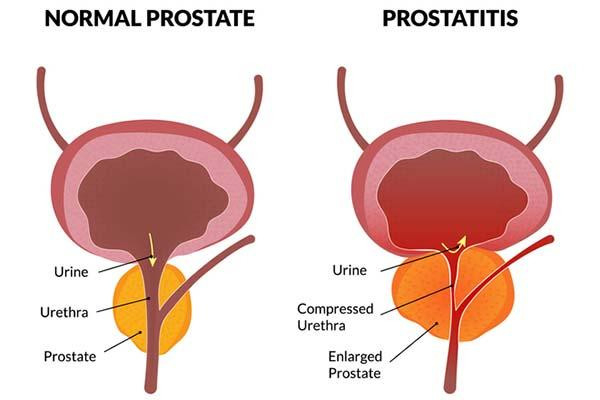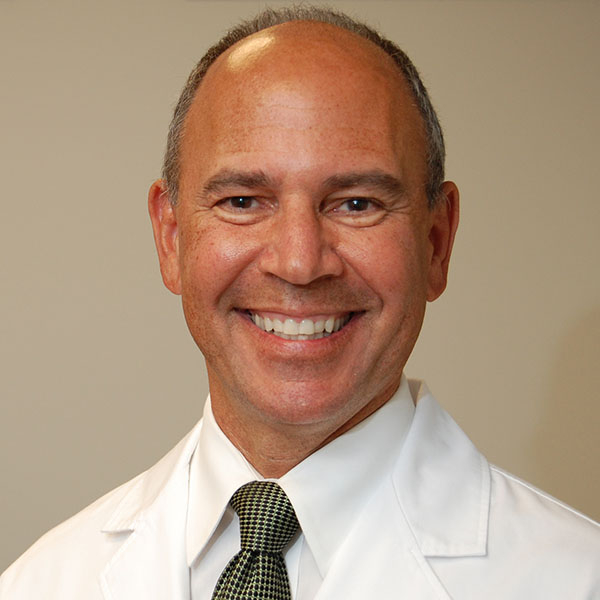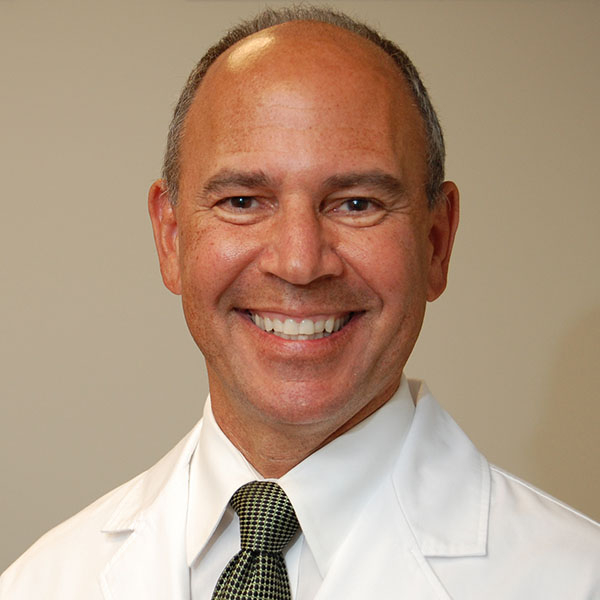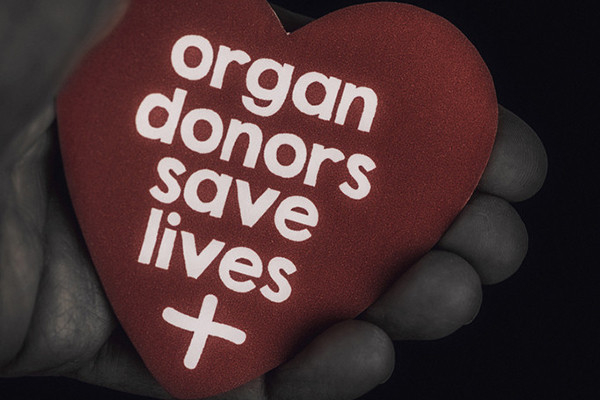
Not such good news for butter lovers like myself: seesawing research on how healthy or unhealthy butter might be received a firm push from a recent Harvard study published in JAMA Internal Medicine. Drawing on decades of data gathered through long-term observational studies, the researchers investigated whether butter and plant oils affect mortality.
One basic takeaway? “A higher intake of butter increases mortality risk, while a higher intake of plant-based oil will lower it,” says Yu Zhang, lead author of the study. And importantly, choosing to substitute certain plant oils for butter might help people live longer.
What did the study find about butter versus plant oils?
The researchers divided participants into four groups based on how much butter and plant oils they reported using on dietary questionnaires. They compared deaths among those consuming the highest amounts of butter or plant oils with those consuming the least, over a period of up to 33 years.
Plant oils won out handily. A 15% higher risk of death was seen among those who ate the most butter compared with those who ate the least. A 16% lower risk of death was seen among those who consumed the highest amount of plant oils compared with those who consumed the least.
Higher butter intake also raised risk for cancer deaths. And higher plant oil intake cut the risk for dying from cancer or cardiovascular disease like stroke or heart attack.
While the study looked at five plant oils, only soybean, canola, and olive oil were linked with survival benefits. Swapping out a small amount of butter in the daily diet — about 10 grams, which is slightly less than a tablespoon — for an equivalent amount of those plant-based oils was linked with fewer total deaths and fewer cancer deaths, according to a modeling analysis.
How could substituting plant oils for butter improve health?
“Butter has almost no essential fatty acids and a modest amount of trans fat — the worst type of fat for cardiovascular disease,” Dr. Walter C. Willett, professor of epidemiology and nutrition at the Harvard T.H. Chan School of Public Health and professor of medicine at Harvard Medical School, noted by email.
By contrast, the plant oils highlighted in this study are rich in antioxidants, essential fatty acids, and unsaturated fats, which research has linked to healthier levels of cholesterol and triglycerides and lower insulin resistance.
Especially when substituted for a saturated fat like butter, plant oils also may help lower chronic inflammation within the body. Making such substitutions aligns with American Heart Association recommendations and current Dietary Guidelines for Americans for healthful eating that lower risk for chronic disease.
And for the butter lovers? “A little butter occasionally for its flavor would not be a problem,” says Dr. Willett. “But for better health, use liquid plant oils whenever possible instead of butter for cooking and at the table.” Try sampling a variety of plant oils, like different olive oils, mustard oil, and sesame oil, to learn which ones you enjoy for different purposes, he suggests. Additionally, a blend or mix of butter with oils — or sometimes a bit of butter on its own — can satisfy taste buds.
What about study limitations and strengths?
The study crunched data collected through a questionnaire answered every four years by more than 221,000 adults participating in the Nurses’ Health Study, Nurses’ Health Study II, and Health Professionals Follow-Up Study. As is true of all observational studies, this type of research can’t prove cause and effect, although it adds to the body of evidence. Because most participants were white health care professionals, the findings may not apply to a wider population.
The researchers adjusted for many variables that can affect health, including age, physical activity, smoking status, and family history of illnesses like cancer and diabetes. The size of the study, the length of follow-up, and multiple adjustments like these are all strengths.
About the Author

Francesca Coltrera, Editor, Harvard Health Blog
Francesca Coltrera is editor of the Harvard Health Blog, and associate editor of multimedia content for Harvard Health Publishing. She is an award-winning medical writer and co-author of Living Through Breast Cancer and The Breast Cancer … See Full Bio View all posts by Francesca Coltrera
About the Reviewer
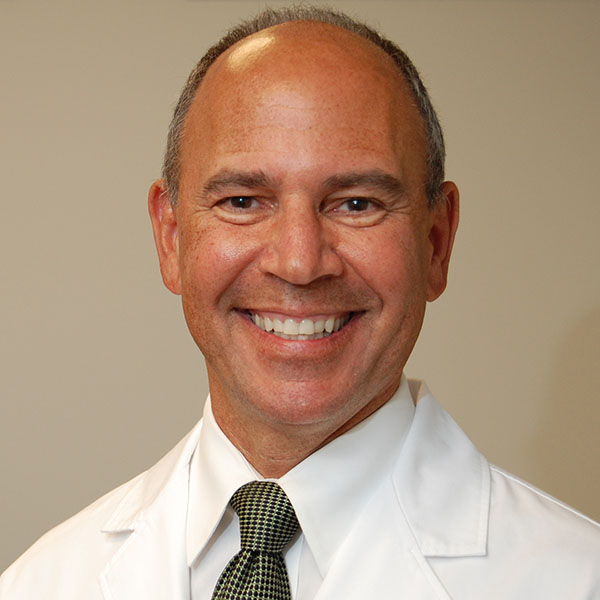
Howard E. LeWine, MD, Chief Medical Editor, Harvard Health Publishing; Editorial Advisory Board Member, Harvard Health Publishing
Dr. Howard LeWine is a practicing internist at Brigham and Women’s Hospital in Boston, Chief Medical Editor at Harvard Health Publishing, and editor in chief of Harvard Men’s Health Watch. See Full Bio View all posts by Howard E. LeWine, MD Share

